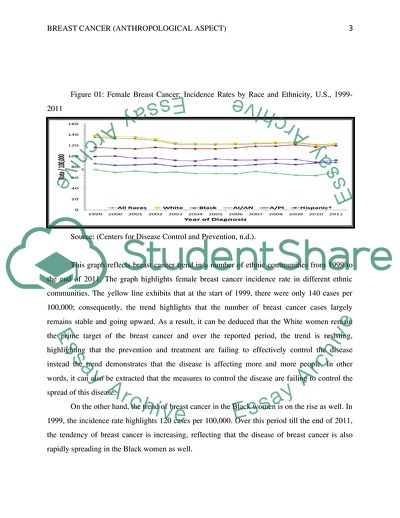Cite this document
(Anthropological Aspect of Breast Cancer Research Paper Example | Topics and Well Written Essays - 2250 words, n.d.)
Anthropological Aspect of Breast Cancer Research Paper Example | Topics and Well Written Essays - 2250 words. https://studentshare.org/anthropology/1863732-breast-cancer-anthropological-aspect
Anthropological Aspect of Breast Cancer Research Paper Example | Topics and Well Written Essays - 2250 words. https://studentshare.org/anthropology/1863732-breast-cancer-anthropological-aspect
(Anthropological Aspect of Breast Cancer Research Paper Example | Topics and Well Written Essays - 2250 Words)
Anthropological Aspect of Breast Cancer Research Paper Example | Topics and Well Written Essays - 2250 Words. https://studentshare.org/anthropology/1863732-breast-cancer-anthropological-aspect.
Anthropological Aspect of Breast Cancer Research Paper Example | Topics and Well Written Essays - 2250 Words. https://studentshare.org/anthropology/1863732-breast-cancer-anthropological-aspect.
“Anthropological Aspect of Breast Cancer Research Paper Example | Topics and Well Written Essays - 2250 Words”. https://studentshare.org/anthropology/1863732-breast-cancer-anthropological-aspect.


